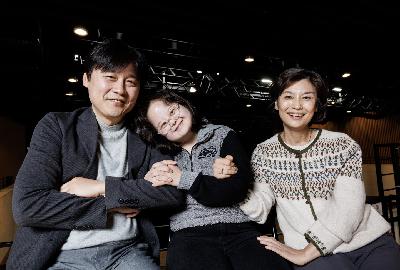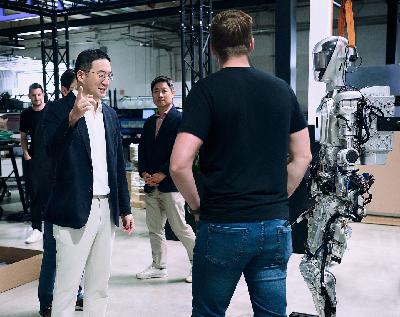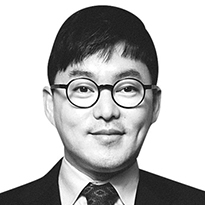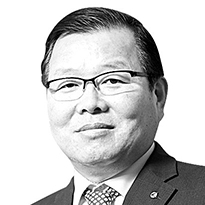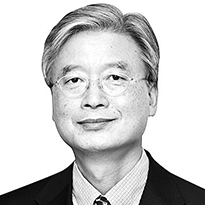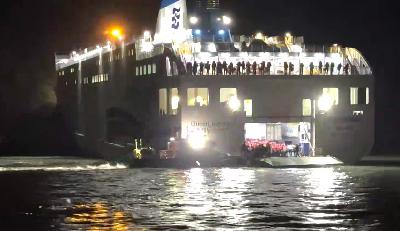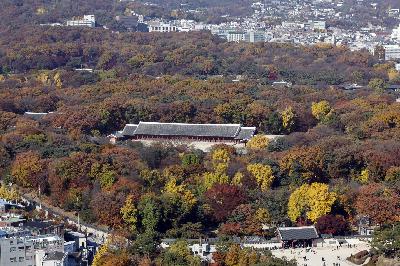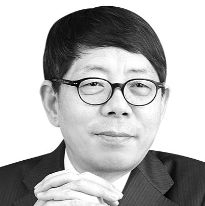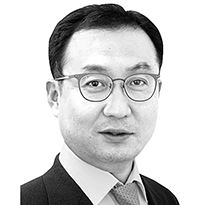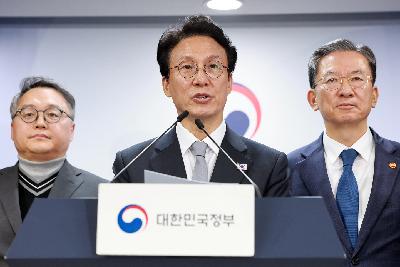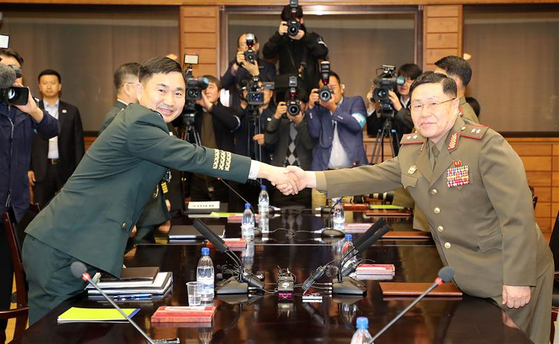[WHY] Koreans' obsession with having a 'baby face'
Update: 2025-11-21
Description
This article is by Lee Jae-lim and read by an artificial voice.
Fighting against aging has been a universal obsession that has fascinated people for centuries, regardless of their age, gender, nationality or social status, from the fabled Fountain of Youth to the story of Dorian Gray's portrait and the rise of plastic surgery.
Yet nowhere is the pursuit of youth more culturally ingrained, and perhaps more creatively interpreted, than in Korea. Here, the idea of preserving youth extends well beyond mundane procedures like smoothing out wrinkles or basic skincare routines. It belongs to a broader aesthetic philosophy known as dongan, a term that literally translates to "baby face."
The wide proliferation of unusual dongan therapies in Korea reflects a desire to cultivate features that are more than just youthful, they are reminiscent of childhood itself: softer contours, fuller cheeks, wider eyes and a certain gentle roundness associated with innocence. This cultural ideal has largely influenced countless beauty practices now trending - predictably, more often for women than for men - spanning from lifestyle habits and skincare regimens to cutting-edge cosmetic surgeries. Some of these procedures may seem unusual or extreme to outsiders, but in Korea, they are widely embraced as legitimate methods of achieving that coveted dongan look.
What's the origin behind dongan?
The word dongan originates from the Chinese characters meaning child ( dong) and face ( an), used to describe people who appear younger than their chronological age. The aesthetic is rooted in traditional Korean beauty ideals that favored round, plump faces and fair, soft skin. Although the idea has existed for centuries, it became a mainstream cultural standard in the late 1990s and early 2000s, driven by celebrity influence, media imagery and growing access to cosmetic enhancements.
As Korean skincare and cosmetic surgery technology advanced, the dongan ideal merged seamlessly with the global antiaging movement. Yet Korea remains unique in that being told one "looks dongan" is considered a high compliment - driving many to use makeup or undergo procedures specifically to look younger, not merely refreshed.
What are some unique treatments to achieve a baby face?
Among the most distinctive trends is the rise of "elf ears," or subtly protruding ears that create the visual illusion of a shorter midface. This effect is considered youthful because shorter midface proportions evoke childlike balance.
Singer Mimi of girl group Oh My Girl recently revealed on a TV program that she uses ear tape to mimic this look.
Celebrities often cited as having ideal "elf ear" proportions include Blackpink's Jennie, aespa's Karina and Newjeans' Haerin.
Clinically, the trend is achieved by injecting filler into the cartilage so ears that normally lie flat against the head will project further forward, becoming more visible from the front.
Although not exclusive to Korea, other proportion-focused procedures also play a central role in achieving a dongan appearance.
Forehead reduction surgery shortens a long upper face by lowering the hairline, creating more balanced facial thirds.
Lip lifts shorten the philtrum - the area between the nose and upper lip - which naturally lengthens with age and can elongate the face.
There are also filler-based procedures that are distinctly Korean, such as rounded forehead filler and aegyosal filler. These treatments have been around for years, with the former creating a smooth, convex forehead silhouette long associated with youthfulness, particularly among older generations. Aegyosal filler, one of Korea's most iconic dongan procedures, adds volume to the small band of fat beneath the eyes to create a softer, more youthful expression when smiling. Another common procedure, especially among middle-aged and older patients, is under-eye fat repositioning, which corrects age-related concerns such as bulging fat pads, hollowness or deep shadows by redis...
Fighting against aging has been a universal obsession that has fascinated people for centuries, regardless of their age, gender, nationality or social status, from the fabled Fountain of Youth to the story of Dorian Gray's portrait and the rise of plastic surgery.
Yet nowhere is the pursuit of youth more culturally ingrained, and perhaps more creatively interpreted, than in Korea. Here, the idea of preserving youth extends well beyond mundane procedures like smoothing out wrinkles or basic skincare routines. It belongs to a broader aesthetic philosophy known as dongan, a term that literally translates to "baby face."
The wide proliferation of unusual dongan therapies in Korea reflects a desire to cultivate features that are more than just youthful, they are reminiscent of childhood itself: softer contours, fuller cheeks, wider eyes and a certain gentle roundness associated with innocence. This cultural ideal has largely influenced countless beauty practices now trending - predictably, more often for women than for men - spanning from lifestyle habits and skincare regimens to cutting-edge cosmetic surgeries. Some of these procedures may seem unusual or extreme to outsiders, but in Korea, they are widely embraced as legitimate methods of achieving that coveted dongan look.
What's the origin behind dongan?
The word dongan originates from the Chinese characters meaning child ( dong) and face ( an), used to describe people who appear younger than their chronological age. The aesthetic is rooted in traditional Korean beauty ideals that favored round, plump faces and fair, soft skin. Although the idea has existed for centuries, it became a mainstream cultural standard in the late 1990s and early 2000s, driven by celebrity influence, media imagery and growing access to cosmetic enhancements.
As Korean skincare and cosmetic surgery technology advanced, the dongan ideal merged seamlessly with the global antiaging movement. Yet Korea remains unique in that being told one "looks dongan" is considered a high compliment - driving many to use makeup or undergo procedures specifically to look younger, not merely refreshed.
What are some unique treatments to achieve a baby face?
Among the most distinctive trends is the rise of "elf ears," or subtly protruding ears that create the visual illusion of a shorter midface. This effect is considered youthful because shorter midface proportions evoke childlike balance.
Singer Mimi of girl group Oh My Girl recently revealed on a TV program that she uses ear tape to mimic this look.
Celebrities often cited as having ideal "elf ear" proportions include Blackpink's Jennie, aespa's Karina and Newjeans' Haerin.
Clinically, the trend is achieved by injecting filler into the cartilage so ears that normally lie flat against the head will project further forward, becoming more visible from the front.
Although not exclusive to Korea, other proportion-focused procedures also play a central role in achieving a dongan appearance.
Forehead reduction surgery shortens a long upper face by lowering the hairline, creating more balanced facial thirds.
Lip lifts shorten the philtrum - the area between the nose and upper lip - which naturally lengthens with age and can elongate the face.
There are also filler-based procedures that are distinctly Korean, such as rounded forehead filler and aegyosal filler. These treatments have been around for years, with the former creating a smooth, convex forehead silhouette long associated with youthfulness, particularly among older generations. Aegyosal filler, one of Korea's most iconic dongan procedures, adds volume to the small band of fat beneath the eyes to create a softer, more youthful expression when smiling. Another common procedure, especially among middle-aged and older patients, is under-eye fat repositioning, which corrects age-related concerns such as bulging fat pads, hollowness or deep shadows by redis...
Comments
In Channel

![[WHY] Koreans' obsession with having a 'baby face' [WHY] Koreans' obsession with having a 'baby face'](https://s3.castbox.fm/ab/d1/a1/cc51b65568da16ce65e31513bb3c3f6452_scaled_v1_400.jpg)
